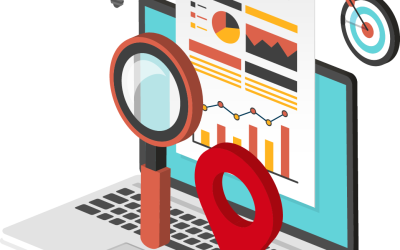A challenge for any ecommerce business owner is trying to plan for the market. Ordering a limited amount of inventory leads to lost sales and lost customers, while over-ordering inventory creates a negative cash flow for the business.
Thanks to big data and effective analytics, it is possible for businesses to effectively analyze and evaluate past consumer or market behavior and utilize that information to predict future product demand. This is true for seasonal items as well as inventory that is purchased throughout the year.
Ecommerce forecasting relies on historical information and data points that are both across the market as well as through your website. This information can be used to plan inventory, set up supply chains, and ensure your business is prepared for market upticks and downturns.
Options in Ecommerce Forecasting
The forecasting may be slightly different depending on the size and type of the ecommerce business. Looking at the macro data or the big picture helps to understand the trends and movements in the market as a whole.
Micro forecasting is data that is obtained from the business and used to predict future inventory and sales. This is often the best option for small ecommerce businesses or those selling unique items or services.
Long-term ecommerce forecasting typically plans for one to five years in advance, while short-term forecasting is often geared to quarterly considerations up to one year. Both long and short-term advance planning is essential to position the ecommerce business to fill orders and maintain the correct inventory levels to maintain sales without over-ordering.


